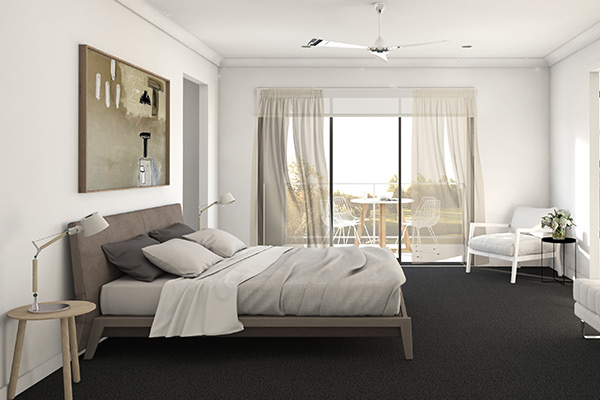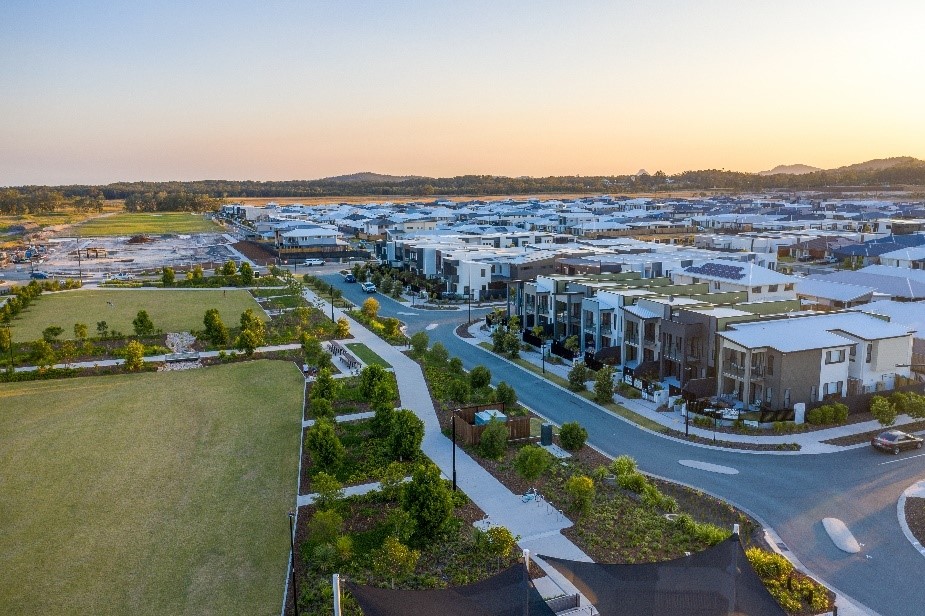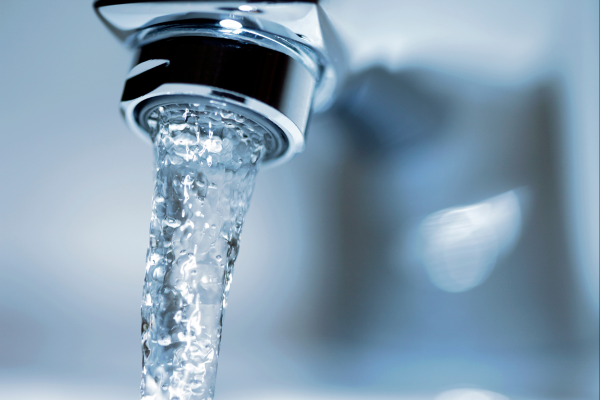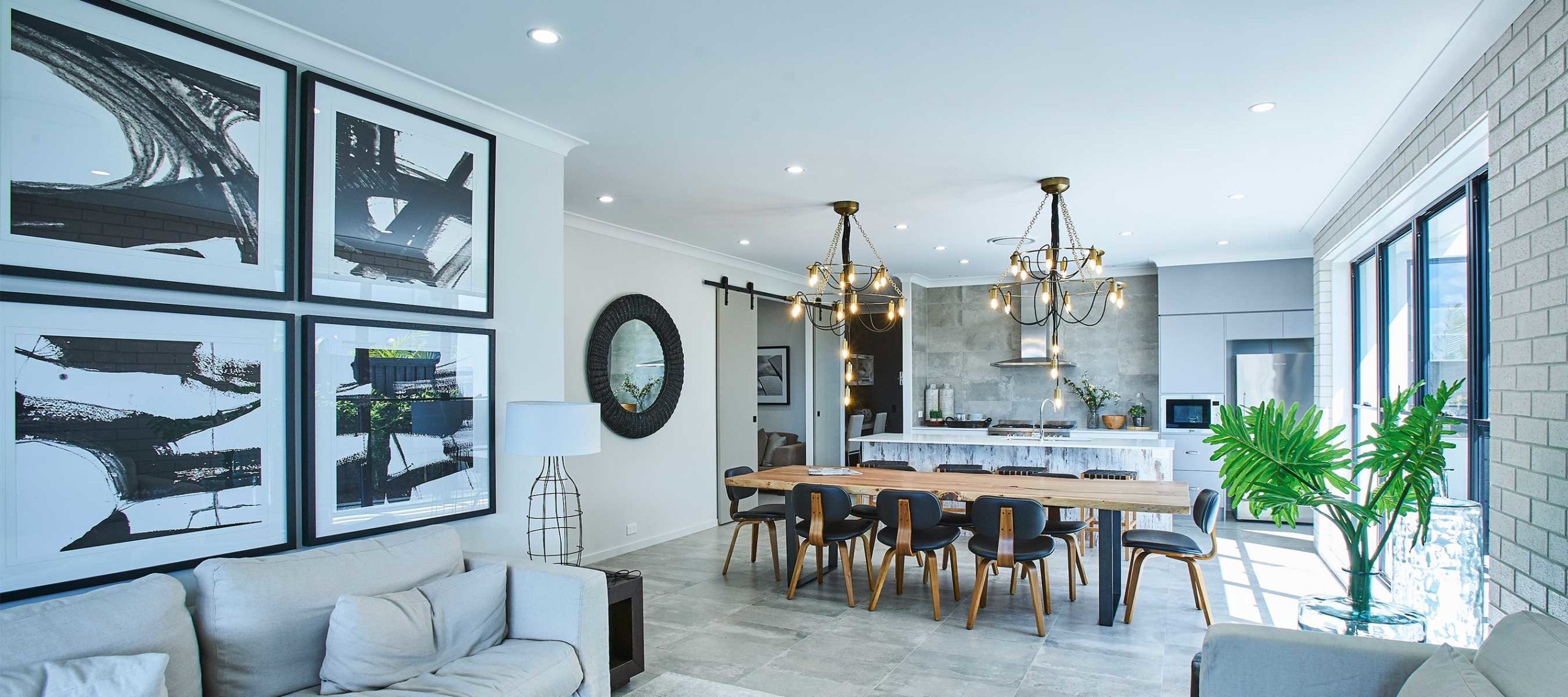5 Features Of a Sustainable House
July 14, 2023

There’s no one-size-fits-all rule for what a sustainable home should entail. That’s because a number of factors play into a property’s sustainability potential – such as the location, the type of design, the orientation, the available energy sources and your budget.
However, Australians looking to buy or build a sustainable home can start their journey by looking for these five features.
Energy-efficient Design
With utility costs on a continual upward trend in Australia, many home owners are increasingly looking at ways to lower their gas and electricity spend while also reducing their carbon footprint.
Employing energy-efficient elements in your home design could reap big rewards in both the short and long term. Some examples of popular tactics include double glazing on windows, concrete floors with in-slab heating, as well as more comprehensive insulation throughout the house.
Solar panels are a common choice, and there’s even the option of Trombe walls, which are dark masonry structures that trap heat and slowly release it through the house, moderating the temperature.
Passive Heating and Cooling
Your home should always be a comfortable living space, and sustainable homes are doing this by introducing ‘passive design’ techniques. According to the Centre for Liveability Real Estate, there are seven core components of passive design in home building:
– Orientation
– Spatial zoning
– Thermal mass
– Ventilation
– Insulation
– Shading
– Glazing
With the right home design, these components can work together to provide exceptional – and natural – heating and cooling methods to ensure your home is as comfortable as possible.
Recycled and Sustainable Building Materials
There’s a wealth of ways that pre-used materials can be recycled and adapted into a home’s design. Beams can be recycled and used for sub-floor structures. Outdoor brick pavers can be brought into the home and used for bathroom flooring. Sturdy wood – such as oak – can be salvaged and used as feature walls in living areas as a striking statement piece.
For other sustainable materials, popular choices include low-VOC (low volatile organic compounds) paints and finishes, locally sourced building materials for the home’s exterior, and wood products that are always sustainably sourced.
Wastewater Treatment and Reuse
Depending on where you are around Australia, water is a precious commodity that must be managed well. To moderate the country’s warm, dry weather – as well as exorbitant water bills – home owners can be water wise by installing showerheads, water fixtures and toilets that are WELS rated at three stars or more.
You can take sustainability to the next level with wastewater reused via two different methods. A grey-water system is used for general external use as well as laundry and toilet flushing, whereas a black-water system is used to irrigate gardens and lawns.
Smart Lighting
Did you know that lighting alone makes up about 11% of the energy consumed in the average Australian home? That’s the same amount as refrigeration. However, you can make a serious dent in that energy consumption by choosing more efficient lighting technology.
Look at the wattage – not voltage – of lightbulbs, and use a combination of LED and CFL light fittings to lower the home’s overall energy consumption. If you’re looking for a bigger eco-friendly investment, all lighting can be wired through a C-Bus smart wiring system.
Central to everything the Sunshine Coast has to offer, Harmony perfectly encapsulates the desirable coastal lifestyle. Boasting a unique casual culture that is also genuine and welcoming, living at Harmony means you are part of a connected community.
Enquire today to learn about buying in our master-planned community.



